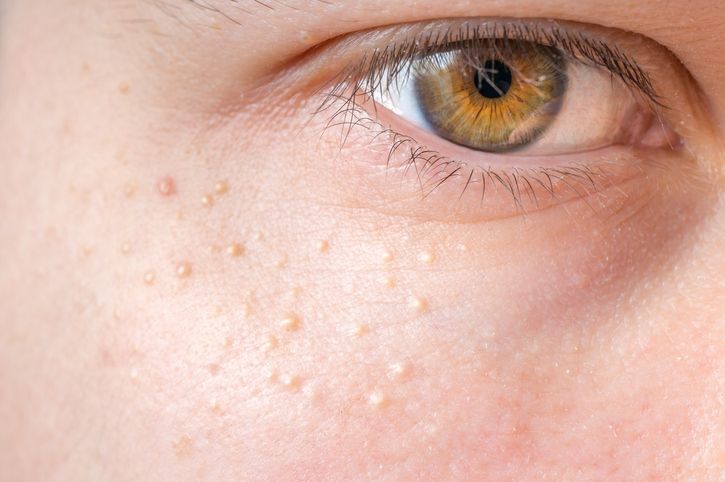- Home
- Trend
- Weight Loss Strategies
- Acne Tips
- Hair Health Information
- Blemish Removal Tips
- Acne Scar Removal Tips
- Muscle Building Techniques
- Intimate Care Tips
- Postpartum Intimate Care
- Eye Bags Wiki
- Tips for Face Slimming
- Secret of Permanent Hair Removal
- Breast Enlargement Tips
- Cure to Snoring
- Marionette Lines
- Skin-Tightening Secrets

免費體驗
F8 Hair Regrowth Treatment
1 Minute Self-Registration
Date should not be before minimal date
We’ve all experienced stress, but did you know it can lead to stress-induced balding? When stress levels rise, your body produces more cortisol, which can push your hair follicles into a resting phase, causing noticeable hair shedding or temporary hair loss. This type of stress-induced balding is usually temporary, and once your stress levels go down, new hair growth can begin in a few months. Fortunately, by managing stress and practicing healthy habits, you can reduce hair thinning, minimize hair loss, and support your natural hair growth cycle.
1
Different Types of Stress-Induced Hair Loss
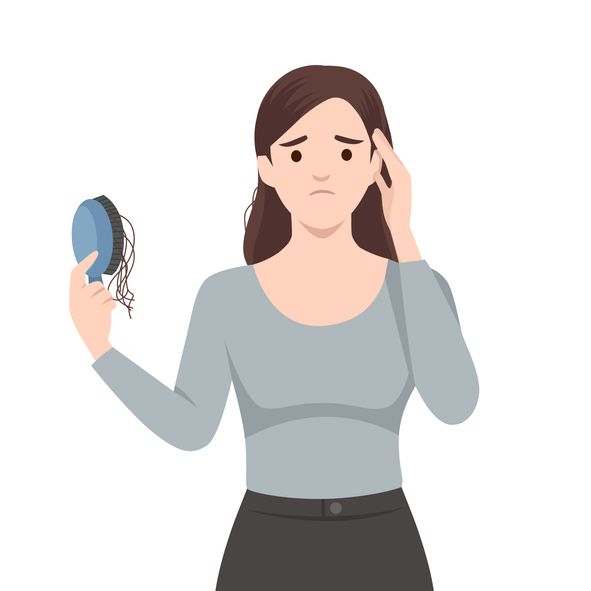
Telogen Effluvium: The Most Common Stress-Related Hair Loss
Alopecia Areata: Patchy Hair Loss Caused by Stress
Androgenetic Alopecia: Genetic Hair Loss Exacerbated by Stress
Hair Pulling Disorder: Stress-Induced Hair Loss Due to Compulsive Behavior
2
Impact Of Stress On Hair Loss
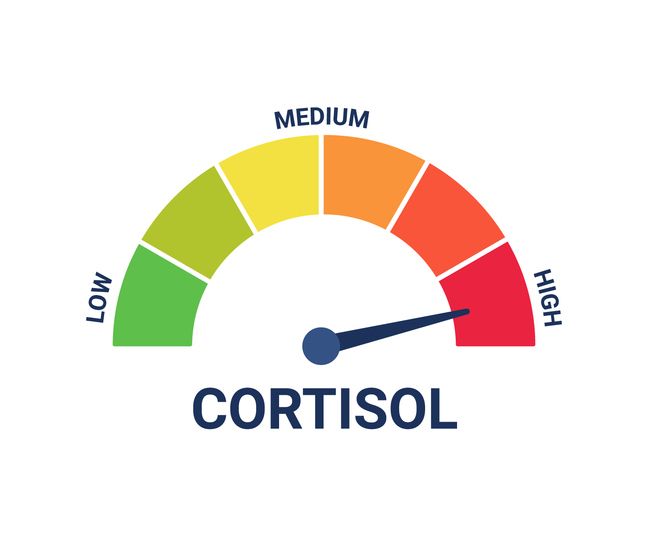
1. Elevated Cortisol
2. Stress Hormones
3. Hormonal Imbalance from Stress
4. The Immune System Response
- Goodbye Scalp Pimples: 6 Major Causes + Treatment Tips!
- Mediterranean-Style Balding: 4 Warning Signs — Yes, It Happens to Women Too
- Is A Scalp Massage Brush Worth It? 4 Surprising Benefits + How To Use It With 1 Technique
- Have Severely Knotted Hair? Here's How To Properly Comb, Wash, And Blow-Dry Your Hair
3
What Happens If Stress Is Unresolved?

4
Recognizing the Warning Signs of Stress-Induced Hair Loss
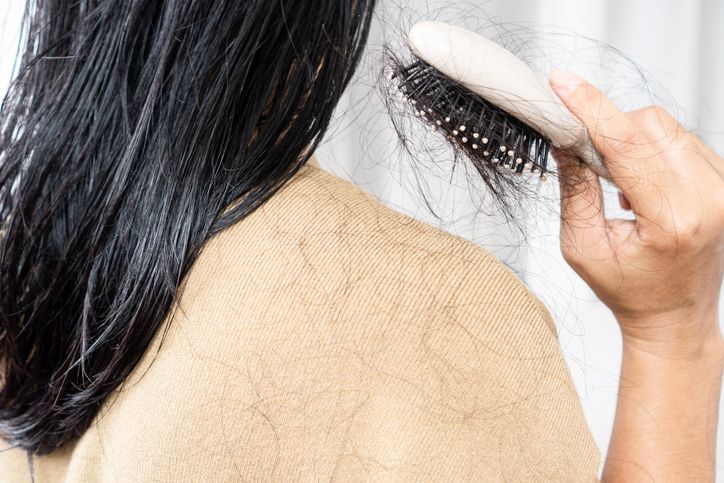
1. Excessive Hair Shedding
2. Physical Changes in Your Hair's Appearance
3. Emotional and Behavioral Indicators

免費體驗
F8 Hair Regrowth Treatment
1 Minute Self-Registration
Date should not be before minimal date
5
Temporary vs Permanent Stress-Induced Hair Loss
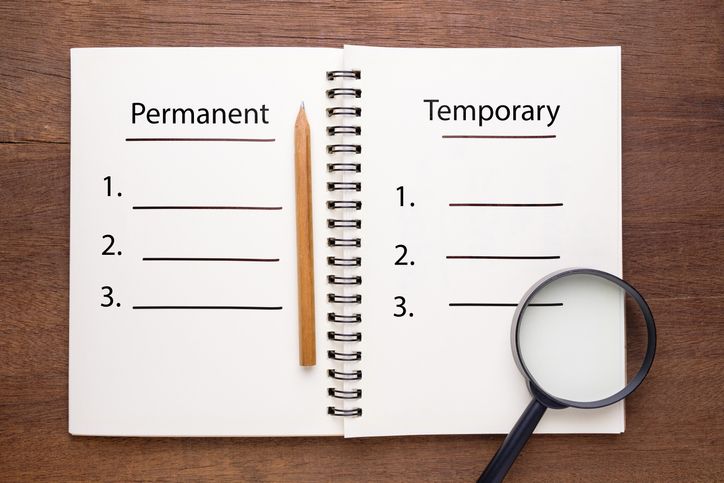
Temporary Hair Loss from Stress
Permanent Hair Loss from Stress
6
Natural Recovery Methods for Stress-Induced Balding

1. Reduce Stress
2. Nourish Your Hair with Proper Nutrition
3. Take Supplements for Hair Regrowth
- 7 Must-Buy Popular Hair Growth Serum in Hong Kong + The Most Comprehensive Buying Guide for Your Reference!
- Debunking 5 Common Hair Regrowth Methods: Does Brandy Or Ginger Really Work?
- 8 Key Nutrients + 7 Anti-Hair Loss Foods + 3 Nourishing Recipes To Prevent Hair Loss!
- Do Hair Growth Helmets Really Work? 5 MOHW-Approved Products + Complete Usage Guide!
7
Topical Treatments for Scalp Health
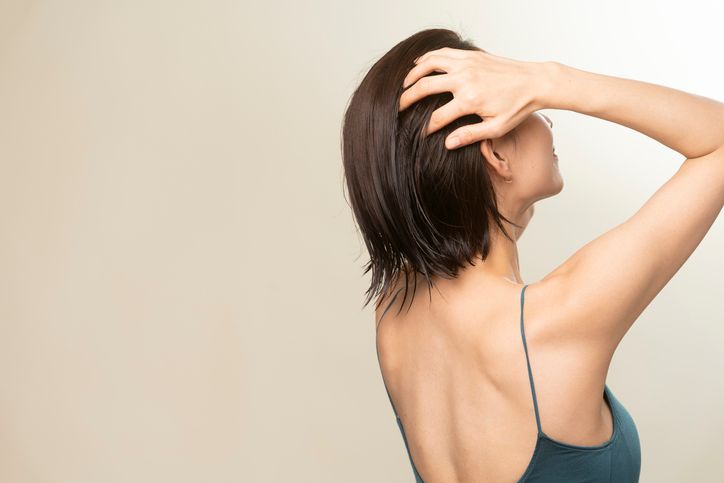
1. Scalp Massage for Stimulating Follicles
2. Essential Oils to Promote Hair Growth
3. Get Enough Sleep
8
When to Seek Medical Help for Stress-Induced Hair Loss
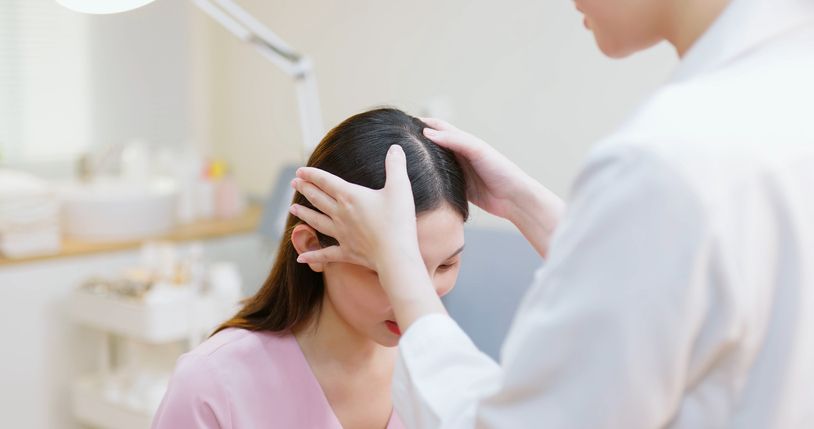
Keep Track Of Your Hair Loss:

免費體驗
F8 Hair Regrowth Treatment
1 Minute Self-Registration
Date should not be before minimal date
9
How To Deal With Stress-Induced Hair Loss?

1. Over-the-Counter Solutions
2. Prescription Medications
3. Supplements and Nutrition
4. Advanced Treatment Options
5. A Gentle Hair Care Routine
10
The F8 Hair Regrowth Treatment: Combatting Stress-Induced Hair Loss with Non-Invasive Solutions

How the F8 Hair Regrowth Treatment Works
Advantages of F8 Hair Regrowth Treatment

免費體驗
F8 Hair Regrowth Treatment
1 Minute Self-Registration
Date should not be before minimal date
FAQ

Can Stress-Related Hair Loss Occur Only on Specific Parts of the Head?
Yes, stress-related hair loss can occur in specific areas of your head, manifesting differently depending on the type. You'll notice circular patches with alopecia areata, while trichotillomania creates localized areas where you've pulled out hair. However, telogen effluvium, the most common stress-related hair loss, typically causes diffuse thinning across your entire scalp rather than isolated spots.
Does Hair Texture or Color Change Permanently After Stress-Induced Hair Loss?
While you might worry that stress-induced hair loss will permanently alter your hair's texture or color, the changes are typically temporary. Your hair's characteristics usually return to normal once stress levels decrease and proper hair growth resumes. However, if stress has triggered premature graying through melanocyte stem cell depletion, this color change may be permanent, though the texture will likely recover with appropriate stress management and time.
How Long After Stress Reduction Will My Original Hair Density Return?
You can expect your original hair density to return within 6-12 months after stress reduction, though individual recovery times vary substantially. Your hair regrowth typically begins 3-6 months after stress levels decrease, with initial signs of new growth appearing along the hairline. During this period, you'll notice gradual improvement, though full restoration may take up to 18 months, depending on your overall health, nutrition, and stress management practices.
Can Certain Hairstyles or Hair Products Worsen Stress-Related Hair Loss?
Tight hairstyles, such as ponytails and braids, can substantially worsen stress-related hair loss by putting excessive strain on your hair follicles and restricting blood flow to your scalp. Additionally, you'll want to avoid products containing harsh chemicals and sulfates, which can strip your hair's natural oils and cause breakage. Heat styling tools and heavy styling products can also damage your hair and exacerbate stress-related thinning when used frequently.
Does a Family History of Baldness Make Stress-Induced Hair Loss More Likely?
If you have a family history of baldness, you're more susceptible to stress-induced hair loss because genetic factors can amplify your body's response to stress hormones. Your inherited genes affect both your hair follicles' sensitivity to hormones and their natural growth cycle, making them more vulnerable when stressed. While stress alone can trigger temporary hair loss, your genetic predisposition can intensify this effect and potentially lead to more pronounced or prolonged shedding.









